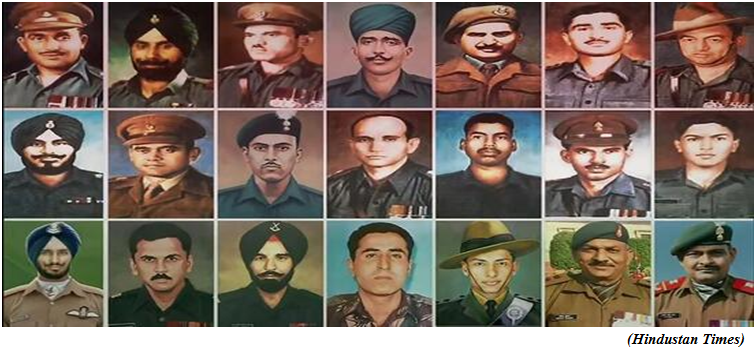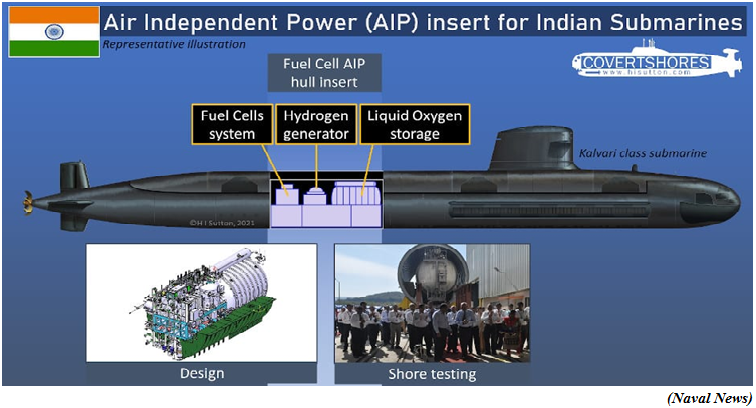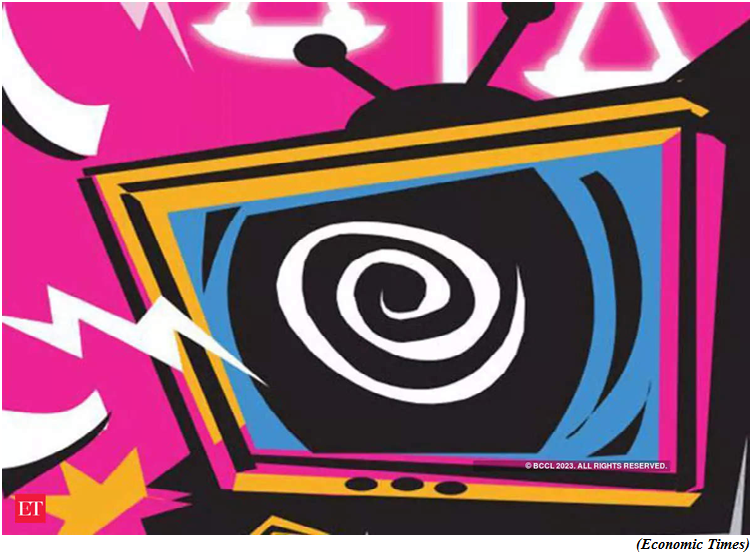PM participates in ceremony to name 21 largest unnamed islands of Andaman & Nicobar Islands after 21 Param Vir Chakra awardees (GS Paper 2, Governance)

Why in news?
- On Parakram Diwas, the Prime Minister, participated in a ceremony to name the 21 largest unnamed islands of Andaman & Nicobar Islands after 21 Param Vir Chakra awardees via video conferencing.
- During the programme, he also unveiled the model of the National Memorial dedicated to Netaji to be built on Netaji Subhas Chandra Bose Dweep.
Background:
- Keeping in mind the historical significance of the Andaman & Nicobar Islands and to honour the memory of Netaji Subhas Chandra Bose, Ross Islands was renamed as Netaji Subhash Chandra Bose Dweep by the Prime Minister during his visit to the Island in 2018.
- Neil Island and Havelock Island were also renamed Shaheed Dweep and Swaraj Dweep.
New name:
- Giving due respect to the real-life heroes of the country has always been accorded the highest priority by the Prime Minister. Going ahead with this spirit, it has now been decided to name the 21 largest unnamed islands of the island group after 21 Param Vir Chakra awardees.
- The largest unnamed island will be named after the first Param Vir Chakra awardee, the second largest unnamed island will be named after the second Param Vir Chakra awardee, and so on. This step will be an everlasting tribute to our heroes, several of whom made the ultimate sacrifice to protect the sovereignty and integrity of the nation.
- These islands have been named after the 21 Param Vir Chakra awardees. Major Somnath Sharma; Subedar and Hony Captain (then Lance Naik) Karam Singh, MM; 2nd Lt. Rama Raghoba Rane; Nayak Jadunath Singh; Company Havildar Major Piru Singh; Capt GS Salaria; Lieutenant Colonel (then Major) Dhan Singh Thapa; Subedar Joginder Singh; Major Shaitan Singh; CQMH. Abdul Hamid; Lt Col Ardeshir Burzorji Tarapore; Lance Naik Albert Ekka; Major Hoshiar Singh; 2nd Lt. Arun Khetrapal; Flying Officer Nirmaljit Singh Sekhon; Major Ramaswamy Parameswaran; Naib Subedar Bana Singh; Captain Vikram Batra; Lt Manoj Kumar Pandey; Subedar Major (then Rifleman) Sanjay Kumar; and Subedar Major Retd (Hony Captain) Grenadier Yogendra Singh Yadav.
DRDOs Fuel Cell based Air Independent Propulsion system to soon be fitted onboard INS Kalvari, significantly enhancing its submerged endurance
(GS Paper 3, Science and Tech)
Why in news?
- In a major boost to ‘Aatmanirbhar Bharat’, Fuel Cell-based Air Independent Propulsion (AIP) system of DRDO’s Naval Materials Research Laboratory (NMRL) will soon be fitted onboard INS Kalvari.

Details:
- An agreement was signed between NMRL and Naval Group France in Mumbai to extend cooperation to enter into the detailed design phase for integration of indigenous AIP in the Kalvari class submarines.
- As part of the agreement, Naval Group France will certify the AIP design for integration in the submarines.
Air Independent Propulsion (AIP):
- The AIP has a force multiplier effect on lethality of a diesel electric submarine as it enhances the submerged endurance by several folds.
- It has merits in performance compared to other technologies and is unique as the hydrogen is generated onboard.
- This technology has been successfully developed by NMRL with the support of Indian industry partners. The technology has now reached the stage of maturity for industrialisation.
Next step:
- The land-based prototype of the NMRL’s AIP has been tested successfully.
- This new endeavour will be a significant step towards the detailed design certification of the energy module, which will be performed by NMRL along with Indian industry and design of the platforms impacted by the integration of the indigenous AIP inside the Indian submarine by Naval Group.
- These actions will seamlessly lead the way to start of localisation and industrialization of AIP including the hull fabrication by the Indian industry for future fitment on-board the submarines.
NBDA seeks withdrawal of draft amendment to IT Rules-2021
(GS Paper 2, Governance)
Why in news?
- Recently, the News Broadcasters & Digital Association (NBDA) sought the withdrawal of a draft amendment to the Information Technology Rules-2021, which empowers the Press Information Bureau’s fact-check unit, or any other agency authorised by the Centre, to get the social media platforms to remove the contents identified by it as fake or false.

Key Highlights:
- It said conferring such powers on the government without any checks and balances would result in “muzzling the fourth pillar of democracy and also have a chilling effect on the media”.
- The amendment, which has been proposed by the Ministry of Electronics & Information Technology, would stifle the freedom of speech and expression of the media guaranteed under Article 19 (1) (a) of the Constitution.
- The amendment would give the PIB and the Central government excessive powers to regulate digital news content without any scrutiny.
- It would directly affect the news media as the intermediaries might be coerced or directed by the PIB or any other agency to take down alleged “fake news” content without following the principles of natural justice. This will also result in preventing any comment or criticism of the government.
Way Forward:
- There are sufficient legislations, regulations and statutory bodies, which regulate the news media.
- Therefore, introducing the aforementioned amendment would lead to excessive regulation by the government which is neither desirable nor acceptable. This kind of censorship is not envisaged by the Constitution.




